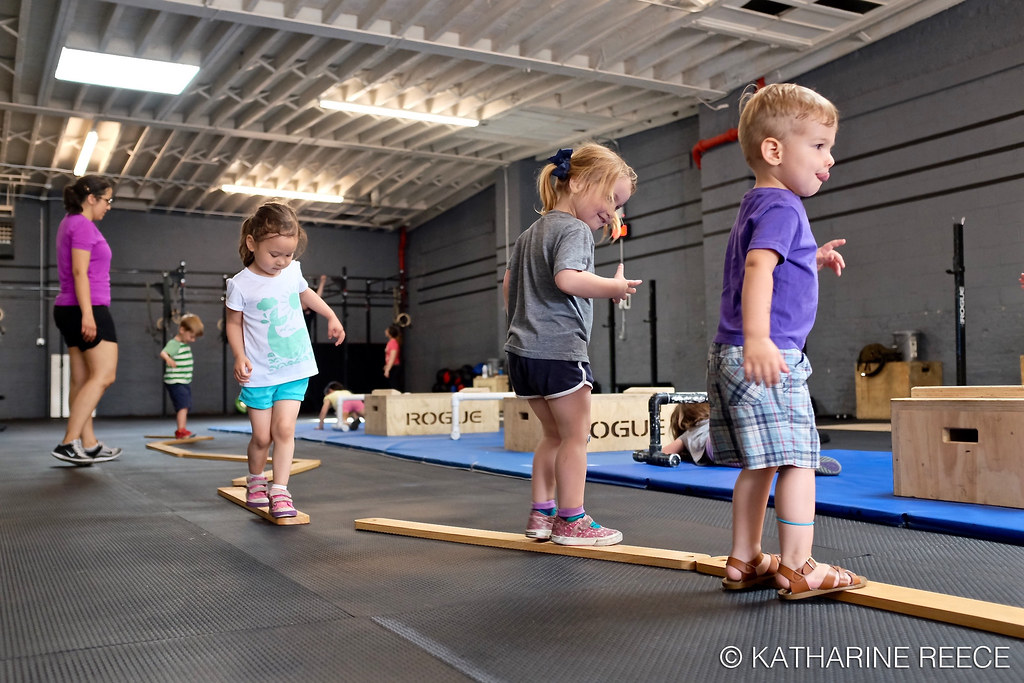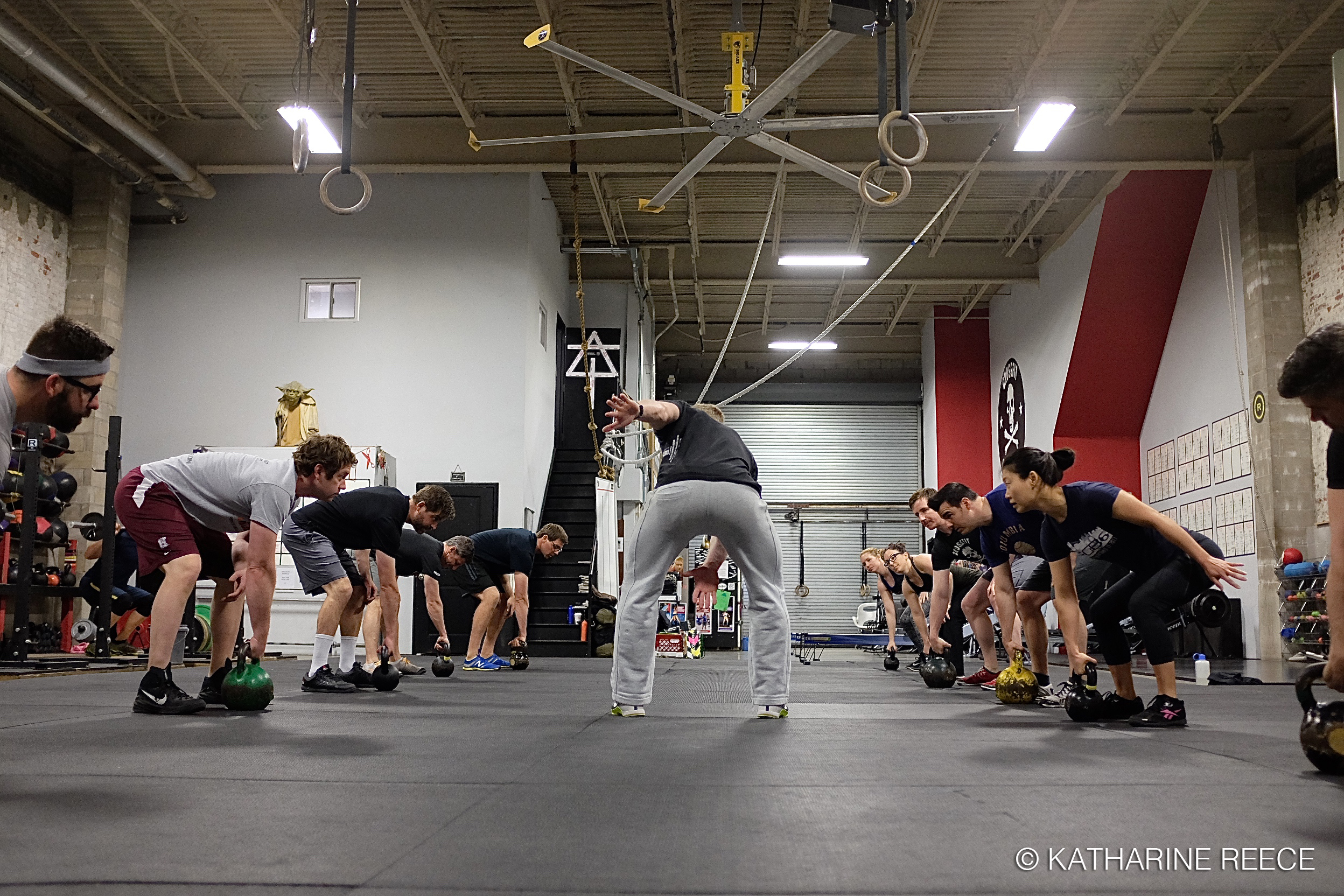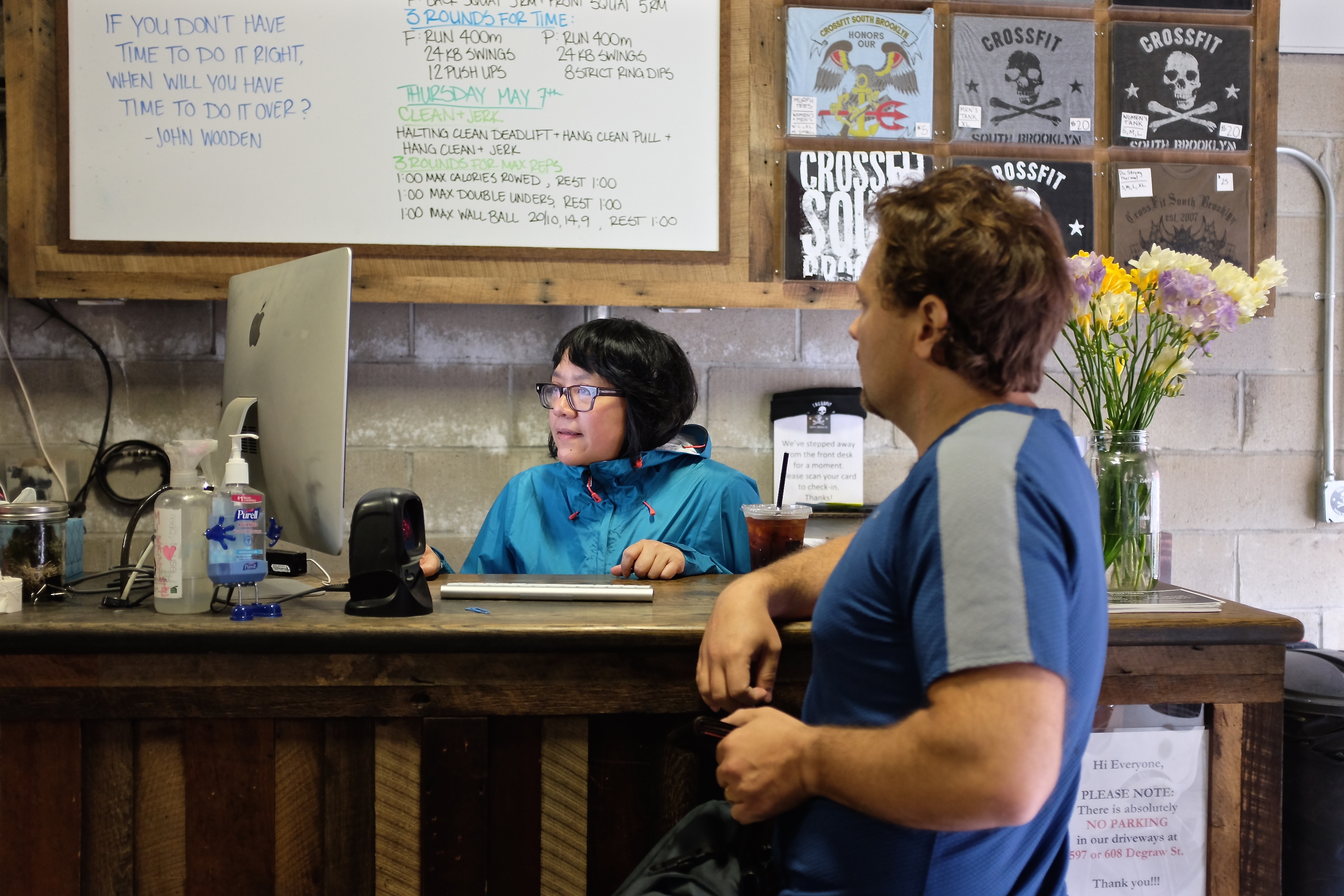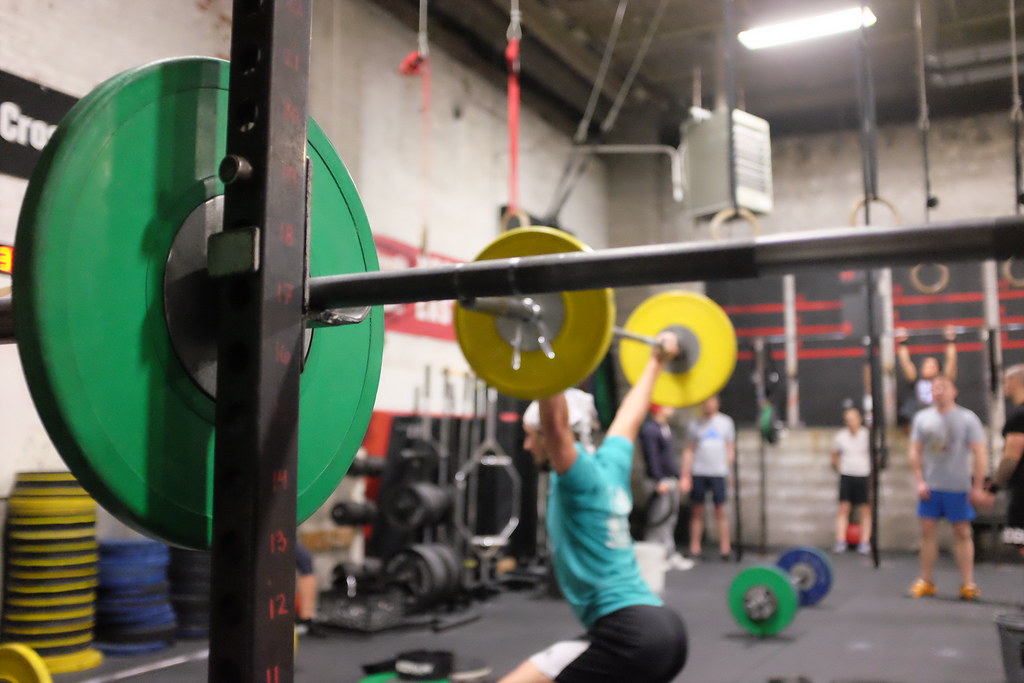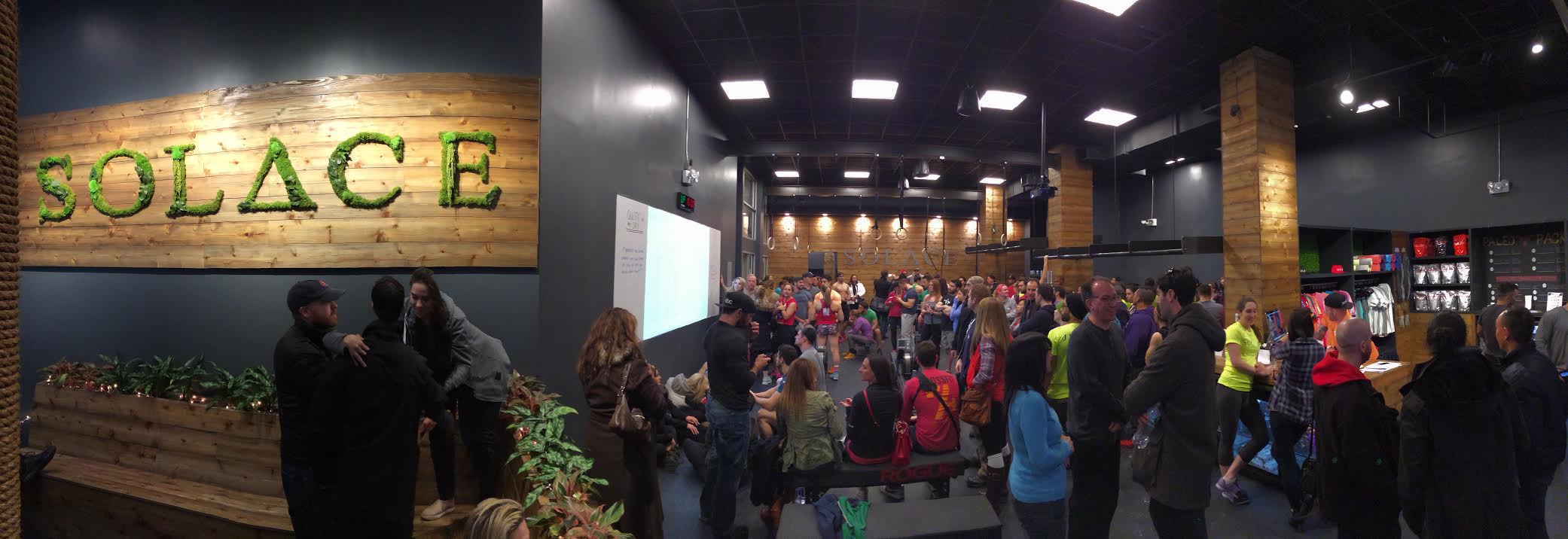Inside the Affiliate, Literally
 Thursday, November 5, 2015 at 1:23PM
Thursday, November 5, 2015 at 1:23PM Today, we want to take you inside our affiliate—literally. We recently added another 5,000 square-feet to CrossFit South Brooklyn (CFSBK) across the street and wanted to find ways to leverage the expansion online. As you may have noticed in Google Maps, you can take a virtual tour of many businesses (it's called Google Street View). I loved the idea of this, and contacted a photographer through Google, who created a virtual tour of our three spaces. You can see them below.
One of great things about CrossFit is that because we're not a franchise model, we have the ability to create our own unique cultures—and our facilities are a big part of that culture. As CrossFit continues to spread, one of the ways we can differentiate ourselves from other affiliates is by showing off our facilities online (ideally you'll be showing that space off on your website). Your online presence can help sway prospective members when they're making the pivotal choice to come check you out instead of the other gym that might be closer to where they live or work. Personally, I know that whenever I'm looking at other gyms' blogs, I always check to see what their facilities look like, which often creates a powerful impression of what they're all about.
It's important to remember that you definitely do not have to have the biggest or best facility out there, but you do need to take care of what you've got. Organize it well, and obviously, keep your bathrooms clean. Be proud of and confident about your space. It makes a huge difference.
Here is our original space, which we call 597 (since the address is 597 Degraw Street):
This is our recent expansion (which has our showers in it!), which we call 608:
This was the second space we expanded into, above 597. We call it "the Annex," and we use it for our CrossFit Kids programming, personal training, and Pilates and yoga classes:
Check out these other gyms that we spotlighted to see their facilities!

